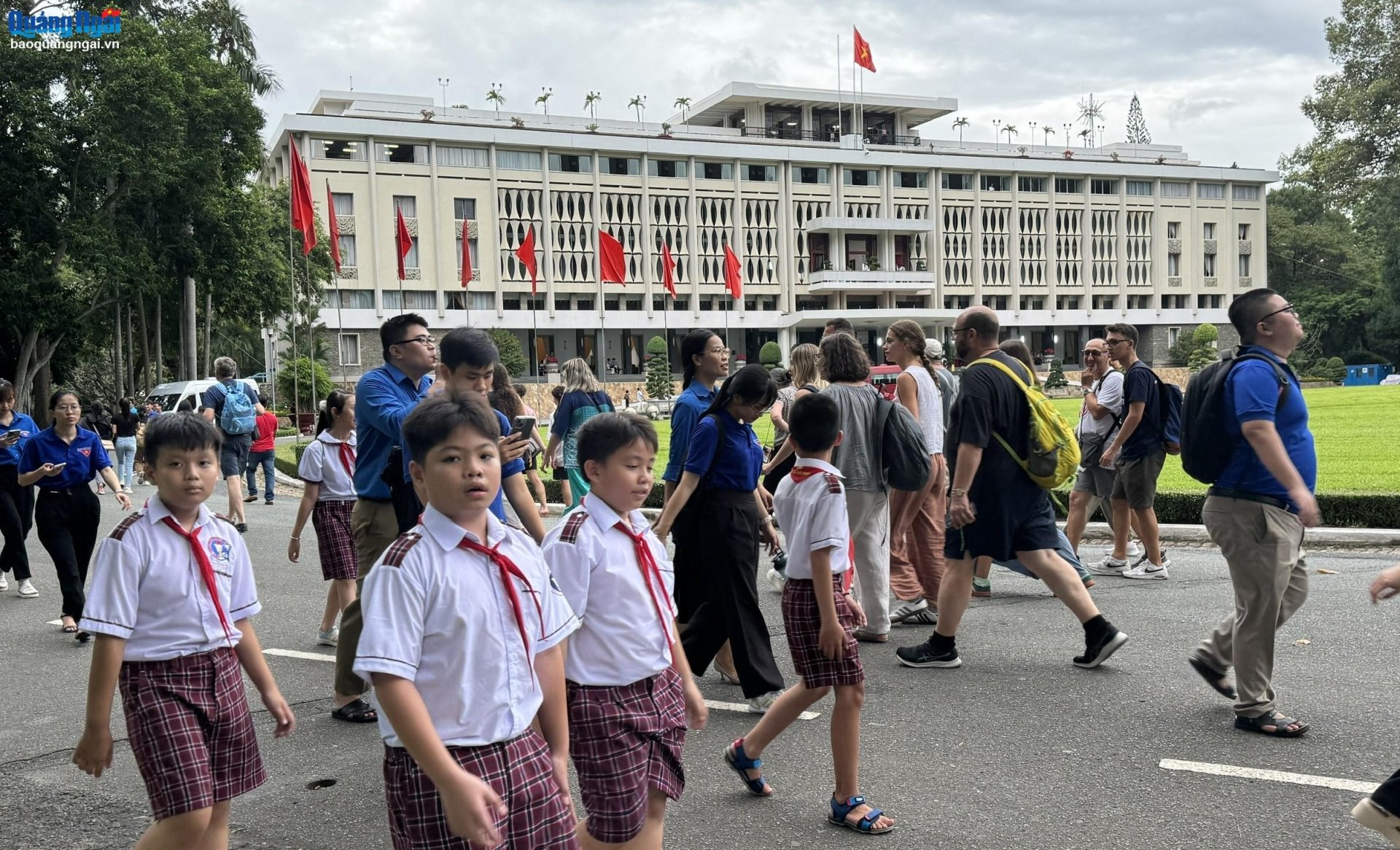 |
| The Independence Palace has been performing well its function of educating traditions for young generations of Vietnam. |
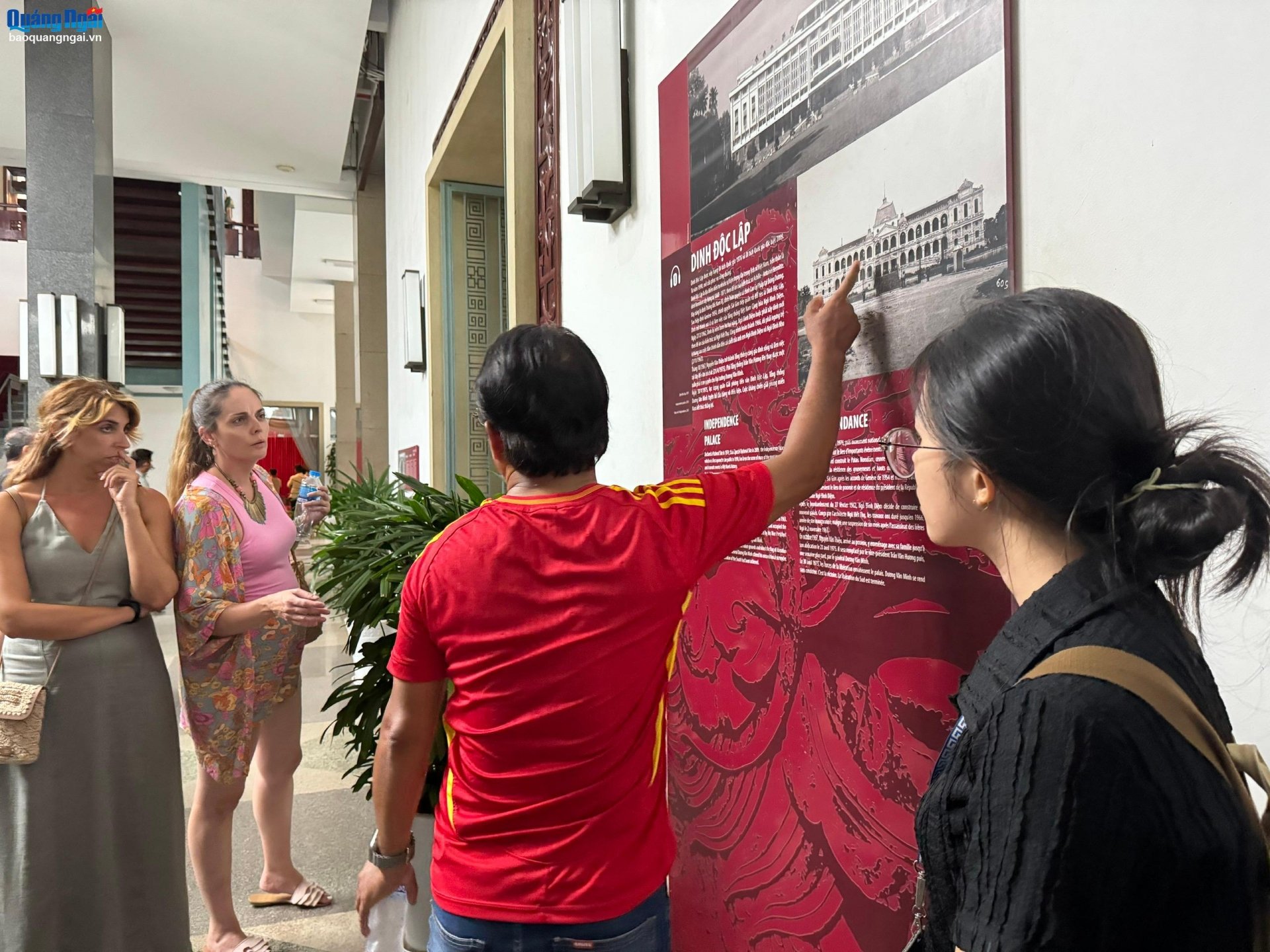 |
| International visitors visit the Independence Palace |
After 1954, when Ngo Dinh Diem became President, he changed it to Independence Palace. In 1962, most of the palace was destroyed after a bombing by the opposition party. Ngo Dinh Diem rebuilt a new palace on the old site according to the design of architect Ngo Viet Thu. During the construction of the new palace, President Ngo Dinh Diem moved to the nearby Gia Long Palace (now the Ho Chi Minh City Library) to live and work. In early November 1963, a coup occurred and President Ngo Dinh Diem was assassinated, so the construction process had to be left unfinished for a while, until 1966 when it was completed. From then until April 30, 1975, this was the residence and workplace of the presidents of the Saigon puppet regime, and also a symbol of the power of this regime.
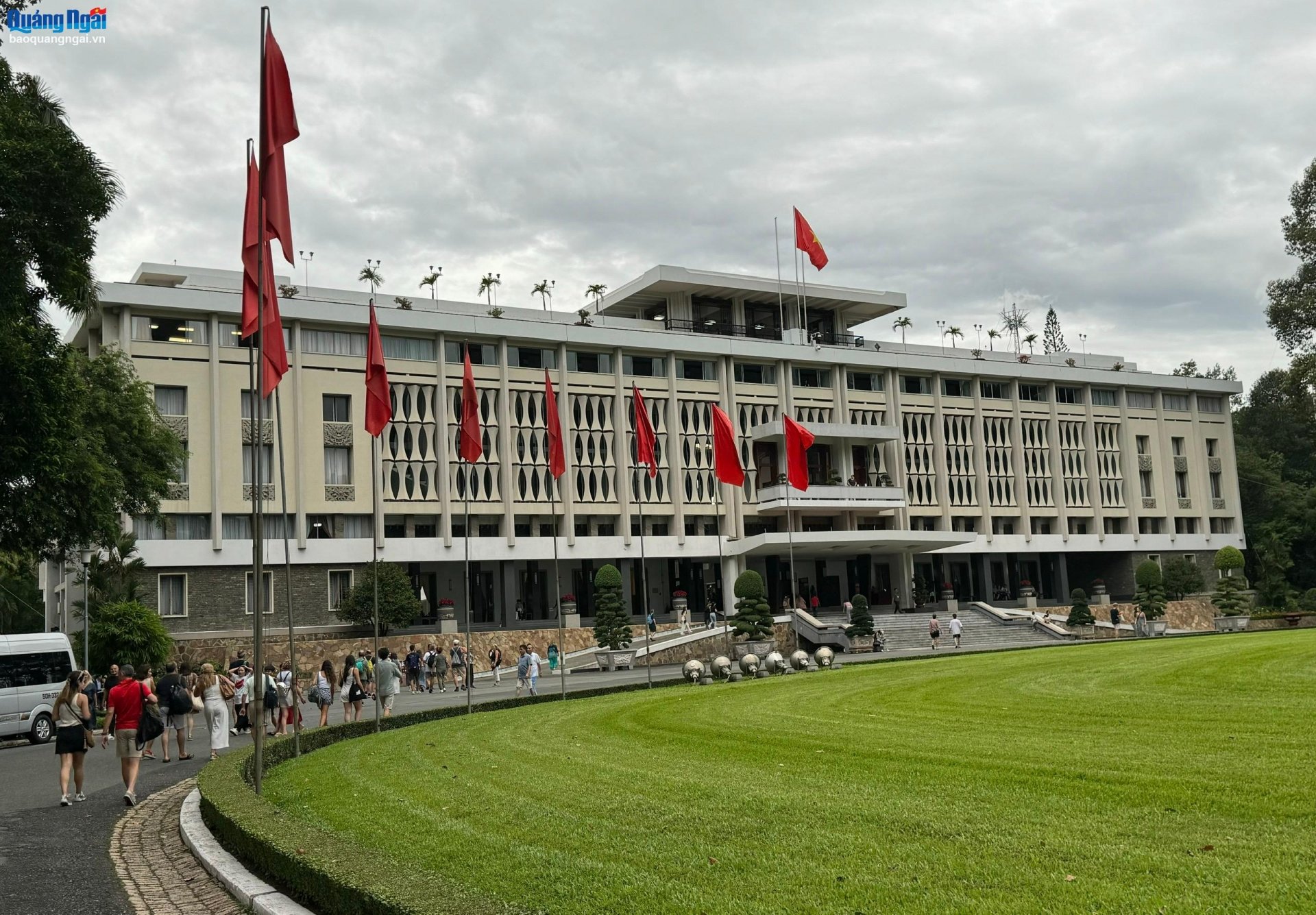 |
| The Independence Palace not only has architectural beauty but is also a symbol of peace and unity. |
The Independence Palace is 26m high, with a construction area of 4,500m2; the usable area is up to 20,000m2, including a basement, ground floor, 3 main floors, 2 mezzanines and 1 terrace with more than 100 rooms with different interior decorations. The building has subdivisions: the working area of the president and the government, the living area of the president's family, auxiliary areas (warehouse, kitchen, staff) and a system of shelters with information and combat rooms in case of war directly related to the palace.
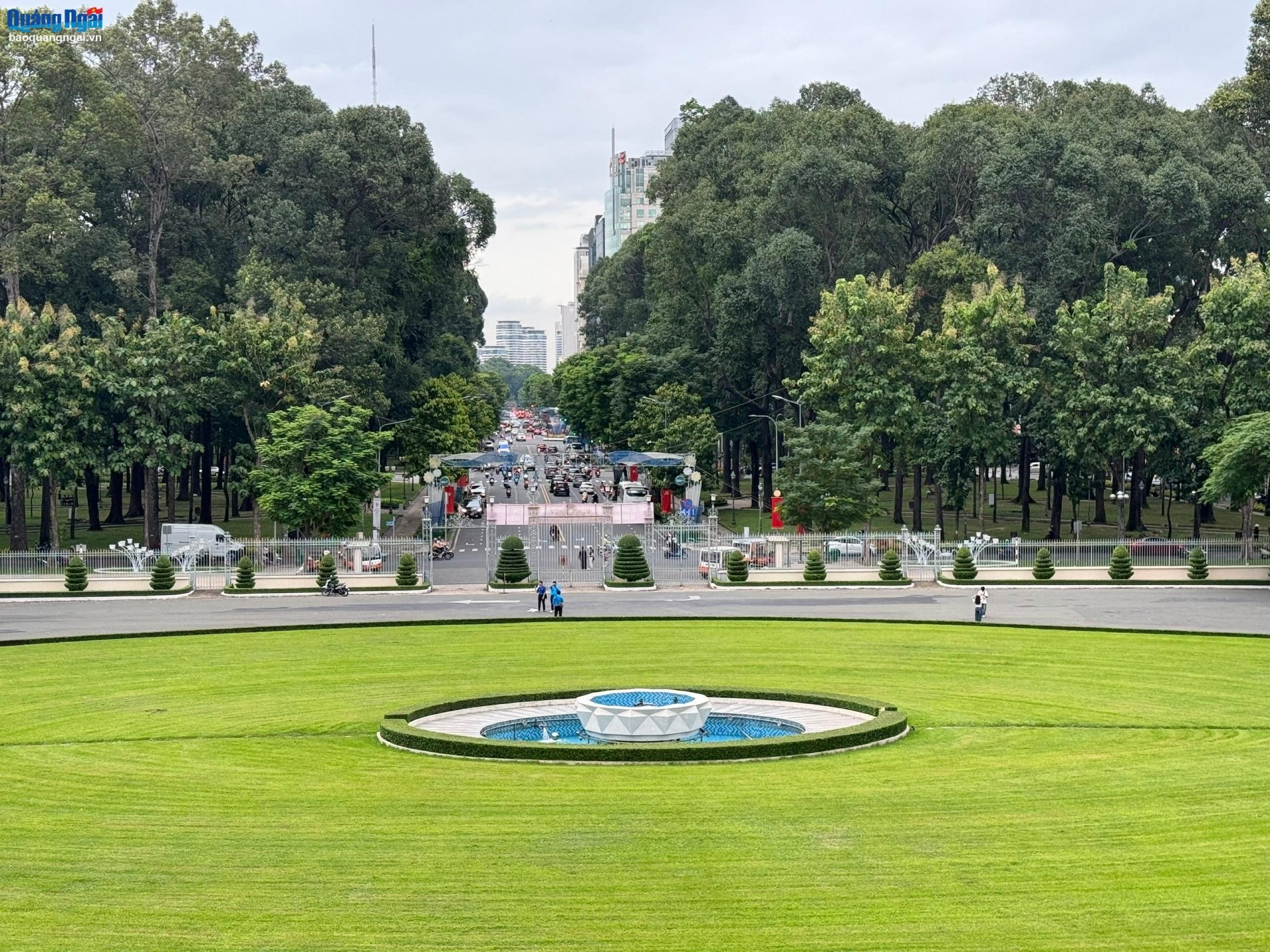 |
The architecture of the Independence Palace stands out with its combination of modern and traditional styles. Built for the purpose of serving as the president's workplace and residence, the palace has clear functional areas: the president's and government's work area, the family's living area, the auxiliary area, along with a system of solid bunkers. This bunker system not only protects the family and government leaders in case of war, but is also fully equipped with information and combat rooms, capable of withstanding heavy artillery and bombs.
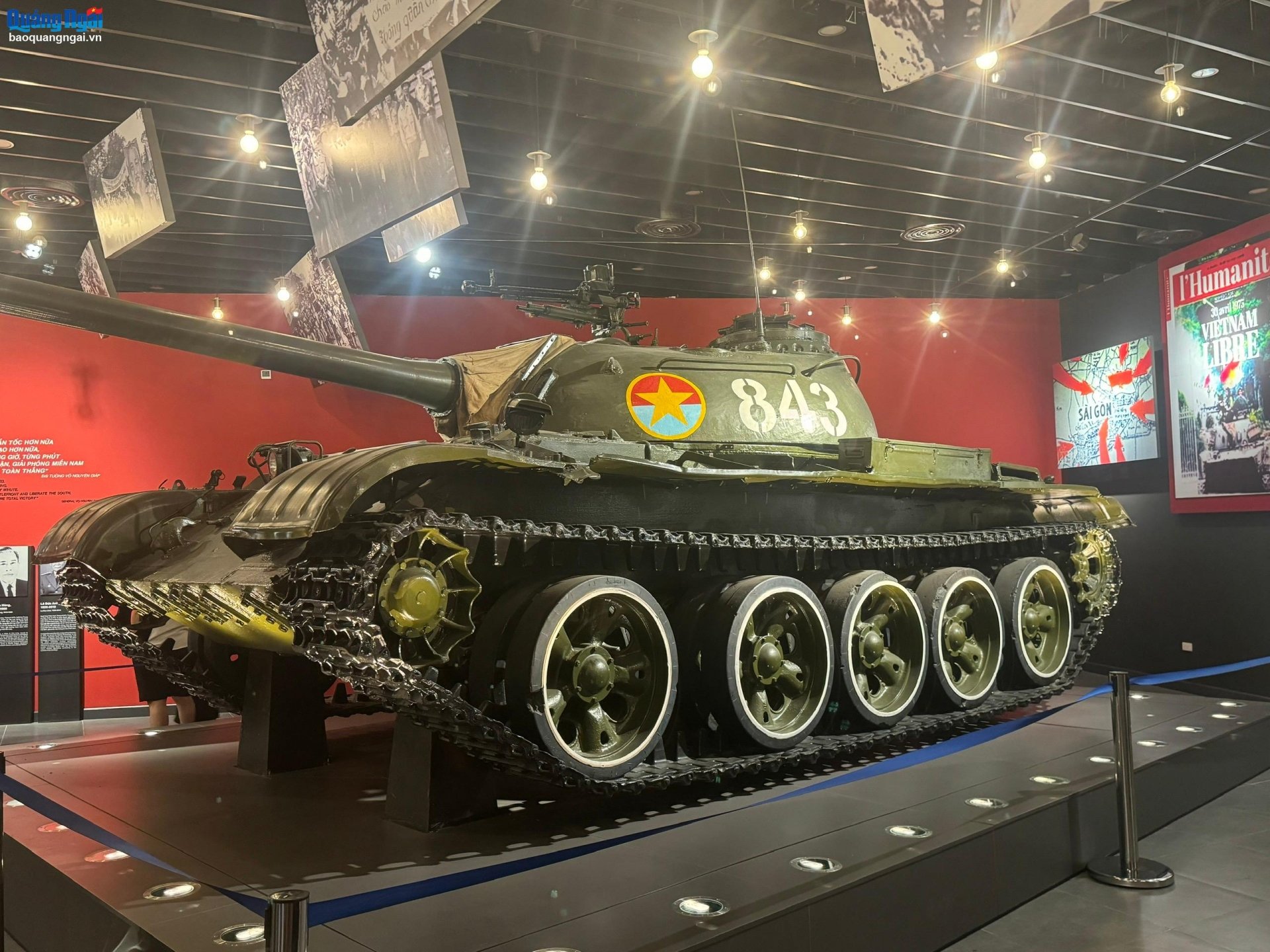 |
| T-54B tank numbered 843 belonging to Company 4, Battalion 1, Armored Brigade 203, Corps 2 was one of the first two tanks to ram the Independence Palace at noon on April 30, 1975 and is currently on display at the Vietnam Military History Museum. |
Half a century has passed since April 30, 1975 – a great milestone in the history of the Vietnamese nation. The Independence Palace is not only a historical “witness”, a place to mark brilliant milestones, but also a symbol of national harmony and unity, just like the name of this building today – Reunification Hall.
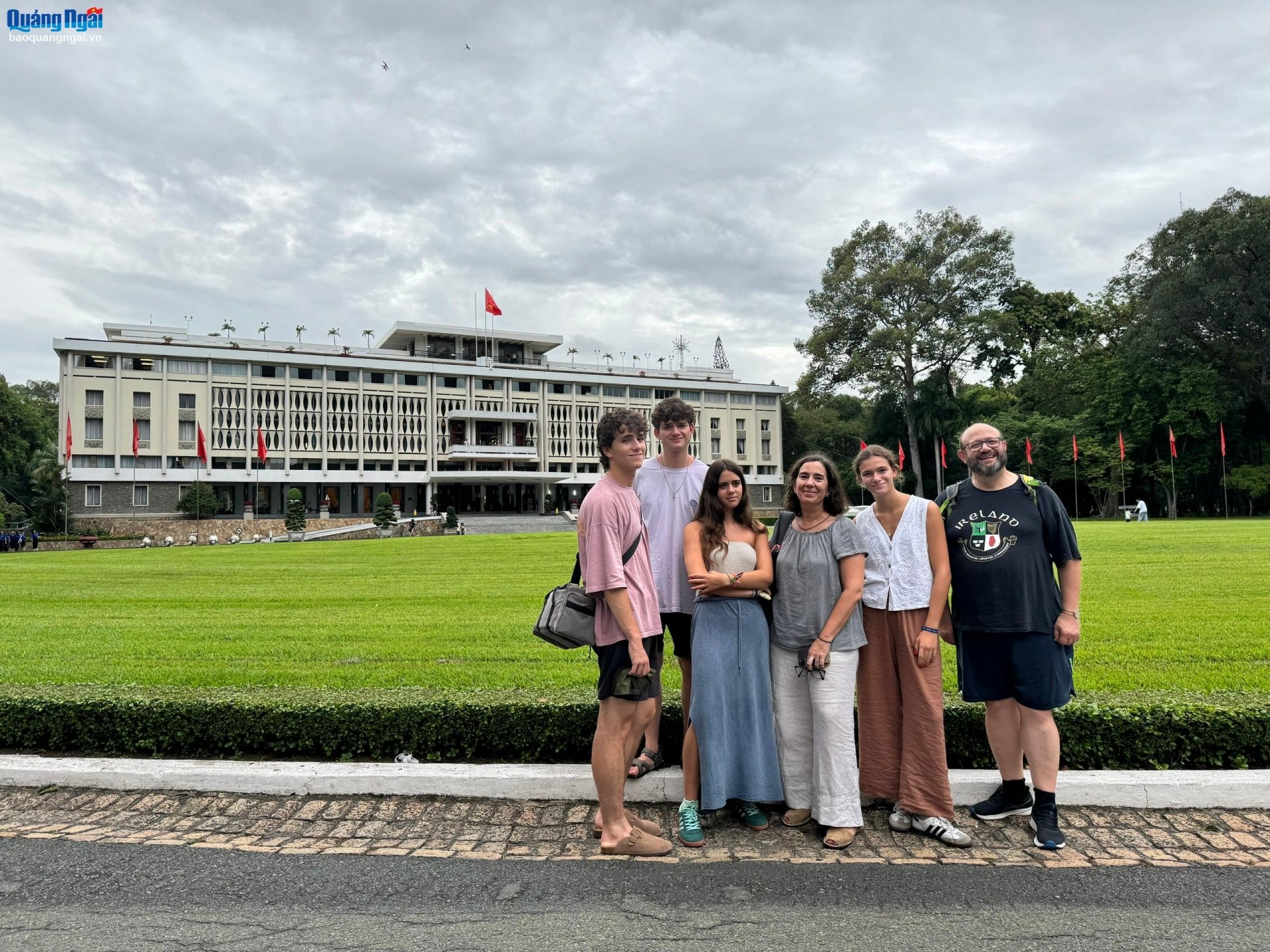 |
| International visitors take souvenir photos in front of the Independence Palace |
The Independence Palace has been performing well its function of educating the traditions of the young generations of Vietnam and is a bridge between Vietnam and other countries in the world. It is the destination of most tour groups and one of the places that attracts the largest number of visitors among the relics and museums in Ho Chi Minh City.
In 1976, the Independence Palace was recognized as a National Historical and Cultural Relic. In 2009, the Prime Minister ranked the Independence Palace Historical Relic as one of the first 10 special national relics of Vietnam. Currently, the Independence Palace preserves about 6,800 artifacts, many of which are valuable in terms of history and art. This historical site welcomes millions of visitors every year. When coming here, visitors not only witness a wonderful architectural work but also learn more about the history of Vietnam through the stories and artifacts displayed at the palace.
Article and photos : THANH THUAN
Source: https://baoquangngai.vn/van-hoa/202505/dinh-doc-lap-chung-nhan-lich-su-giua-long-tphcm-feb0031/


![[Photo] Thousands of Buddhists wait to worship Buddha's relics in Binh Chanh district](https://vphoto.vietnam.vn/thumb/1200x675/vietnam/resource/IMAGE/2025/5/3/e25a3fc76a6b41a5ac5ddb93627f4a7a)

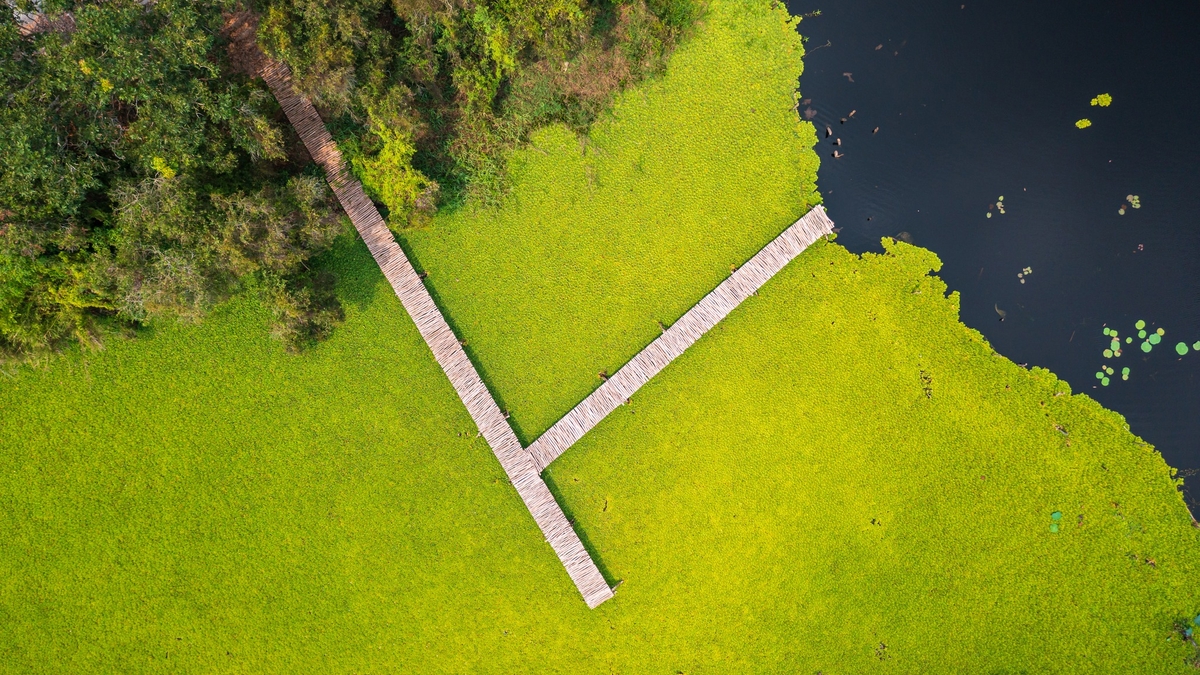
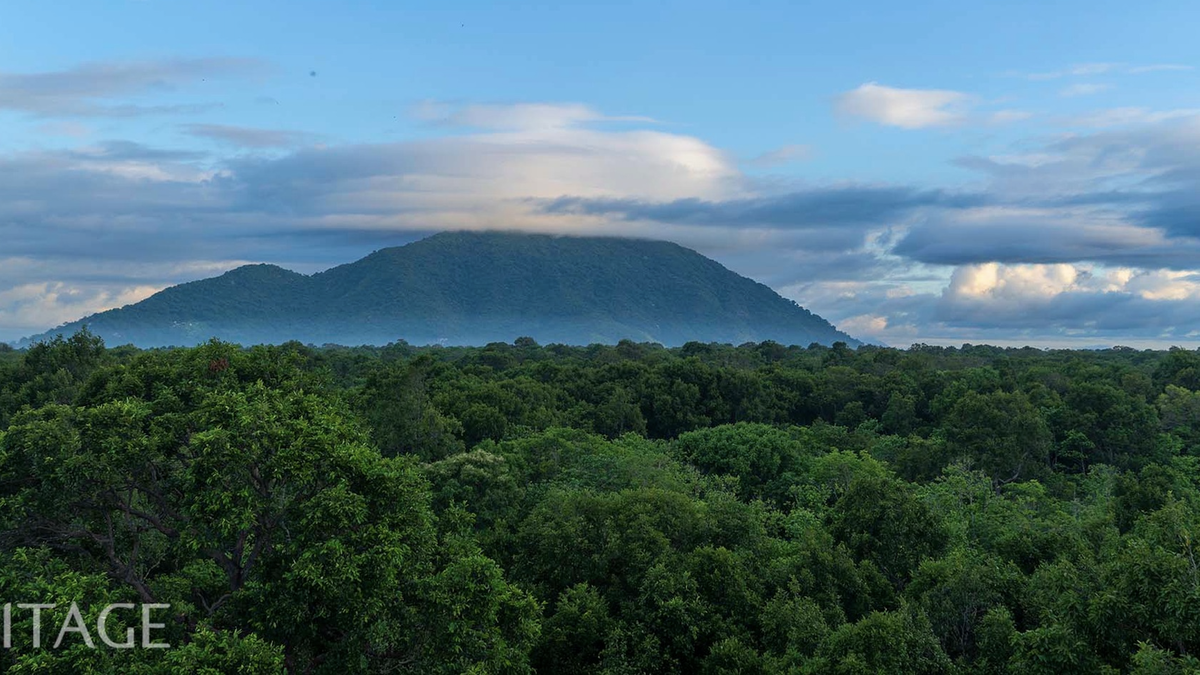

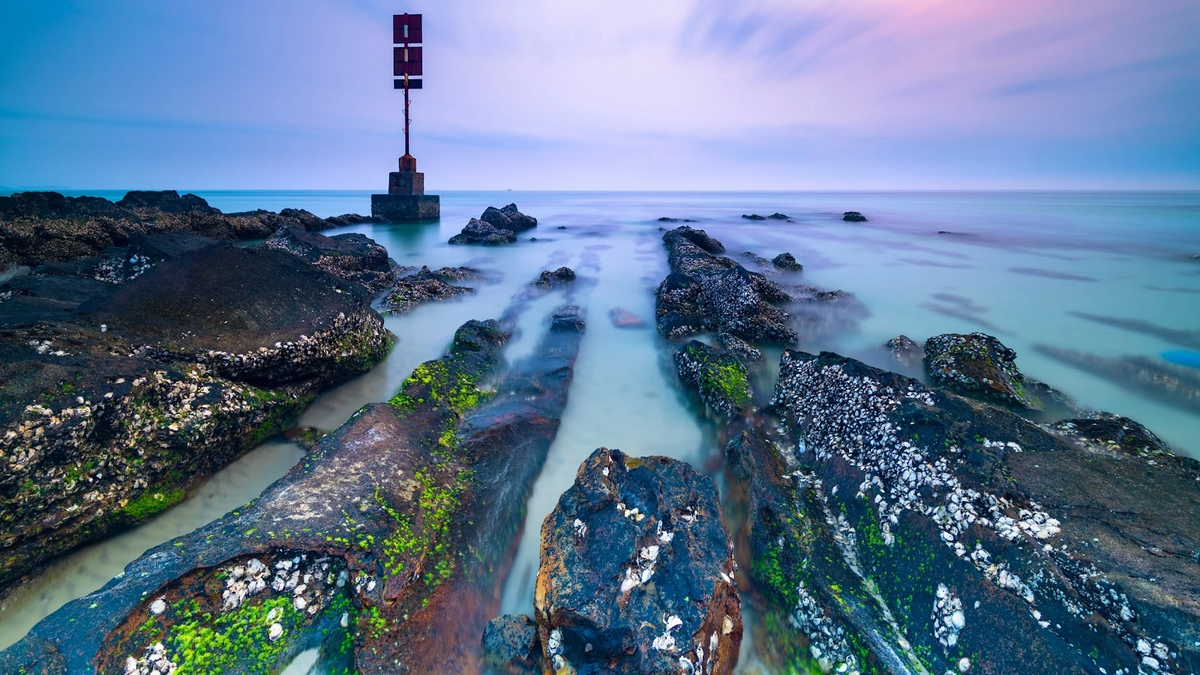
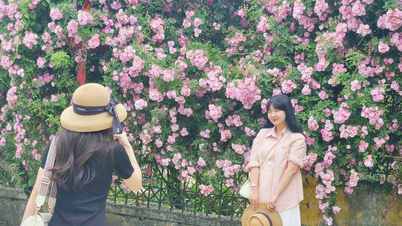
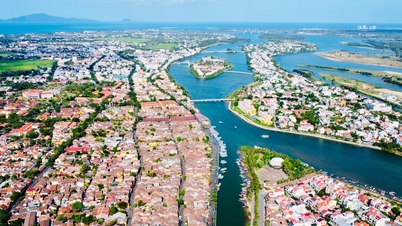
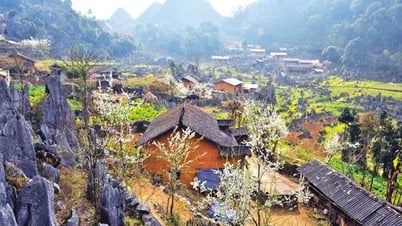

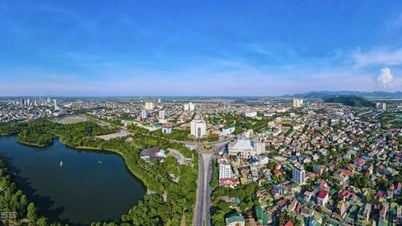





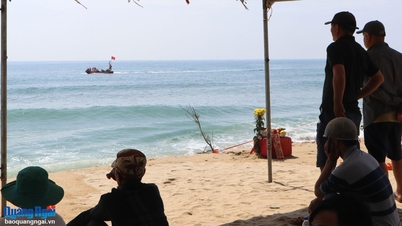
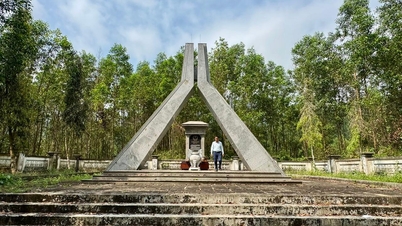
![[Podcast]. April in the heart](https://vphoto.vietnam.vn/thumb/402x226/vietnam/resource/IMAGE/2025/5/2/9d4d85d863d74637977909e5f6ad4148)
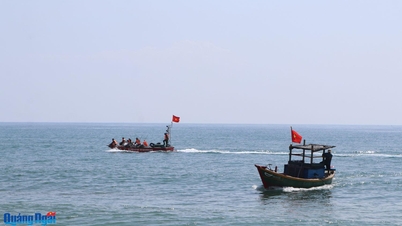

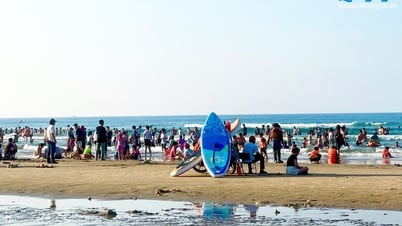







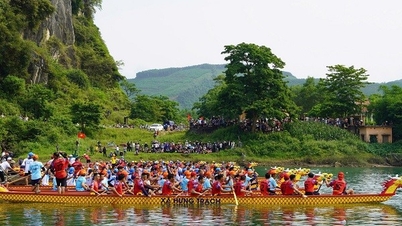



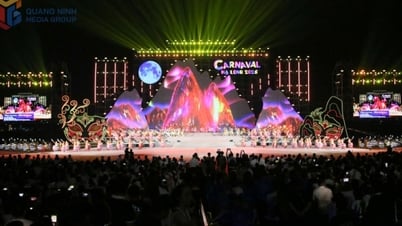





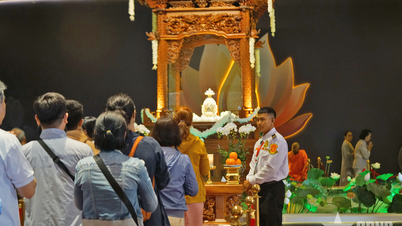

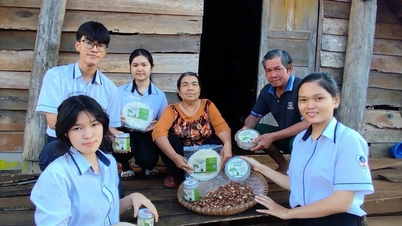


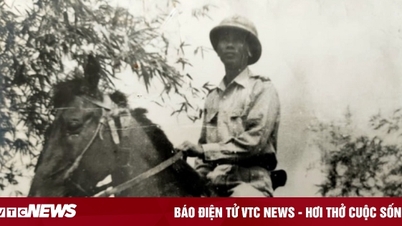









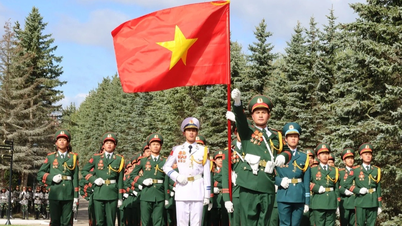

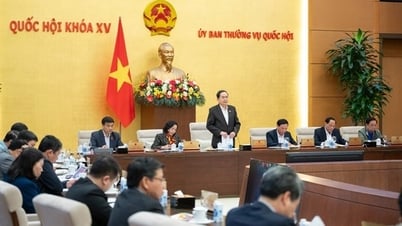


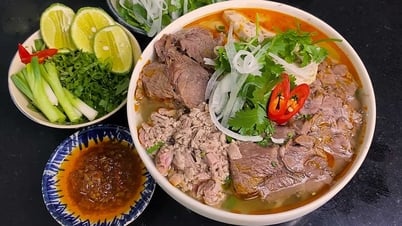
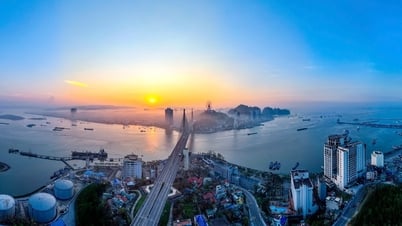

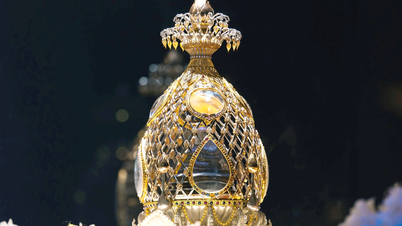









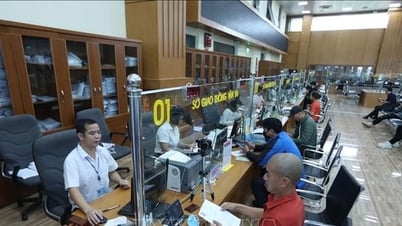

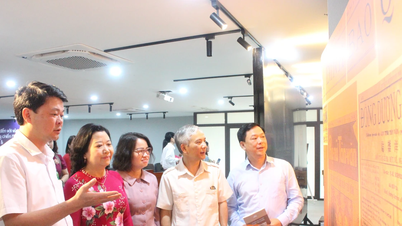

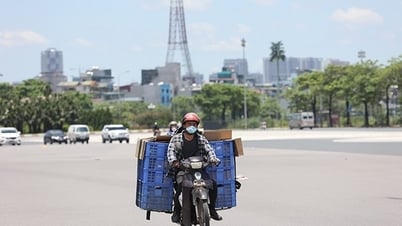














Comment (0)